THE QUEEN OF HEAVEN
The Mother of the Church
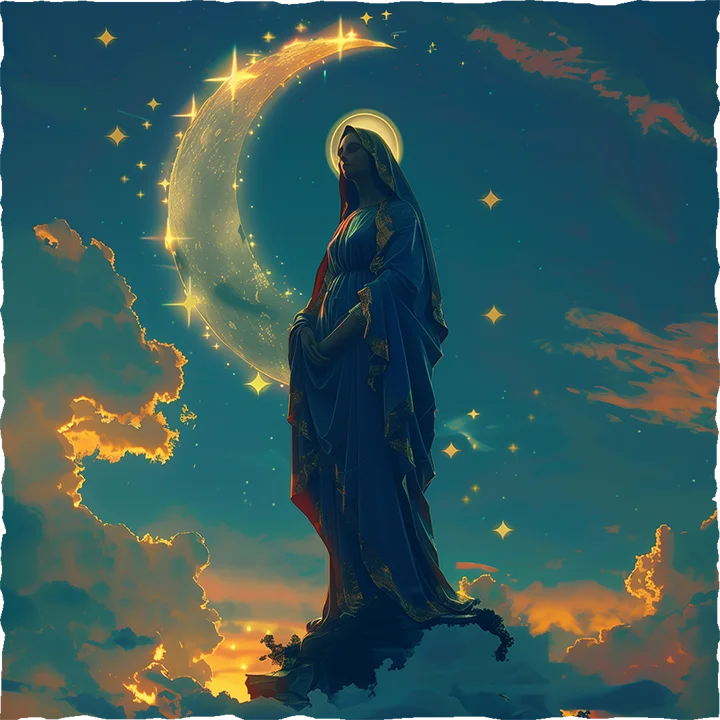


What Does the Bible Really Say?


The Queen of Heaven

- Astarte/Asherah/Ashtoreth: Found in various ancient Near Eastern cultures, Astarte (or Asherah) was a fertility goddess, often linked with Ishtar. In some traditions, she’s seen as the consort of the supreme god (like El or Baal) and revered as a mother goddess. Her worship included ritualistic practices that later came into direct conflict with the monotheistic worship of Yahweh in the Hebrew Bible.
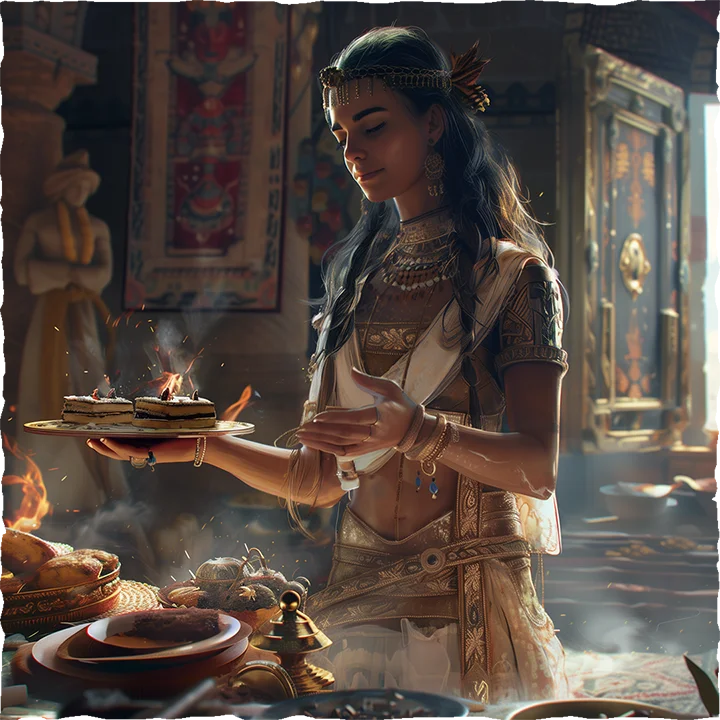
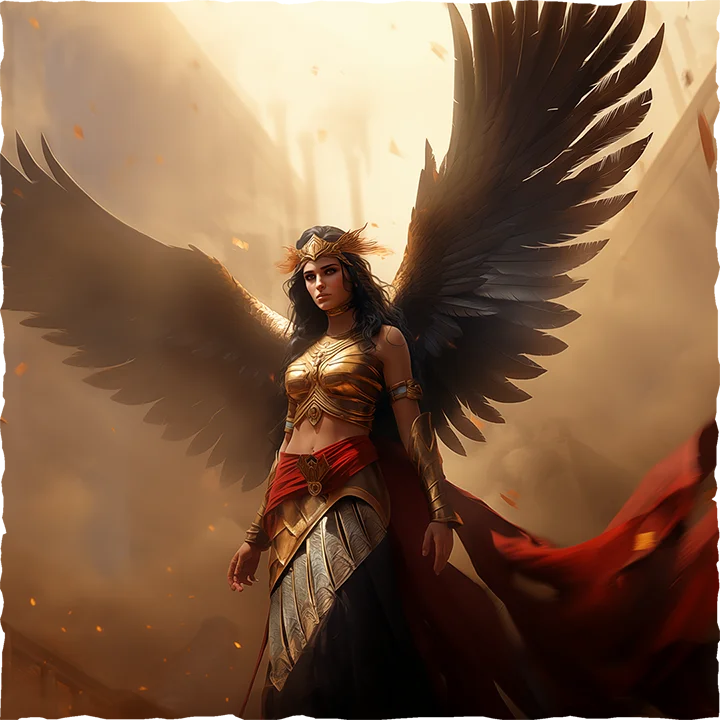

Mother and Child Worship

- Seek more knowledge -
Join our covenant
And March Down With Us On the Battlefield
The Mother of the Church

“O Mother of Perpetual Help, thou art the dispenser of all the gifts” … “”I may ever invoke thy most powerful name, which is the safeguard of the living and the salvation of the dying.”… “”In thy hands I place my eternal salvation, and to thee I entrust my soul.”

What Does the Bible Really Say?



The Queen of Heaven

According to Prophet Jeremiah, the Lord said this about her: ‘Thus says the Lord of hosts, the God of Israel, saying: ‘You and your wives have spoken with your mouths and fulfilled with your hands, saying, “We will surely keep our vows that we have made, to burn incense to the queen of heaven and pour out drink offerings to her.” You will surely keep your vows and perform your vows!’’ (Jeremiah 44:25).


Mother and Child Worship


- Seek more knowledge -
Are you ready to challenge your belief?
One religion, one government, One culture.
Who is behind this Satanic Agenda?
How did the World become so spiritual?
Join our covenant
And March Down With Us On the Battlefield
The Mother of the Church


What Does the Bible Really Say?



The Queen of Heaven



Mother and Child Worship


- Seek more knowledge -
Seek more knowledge
RELIGION
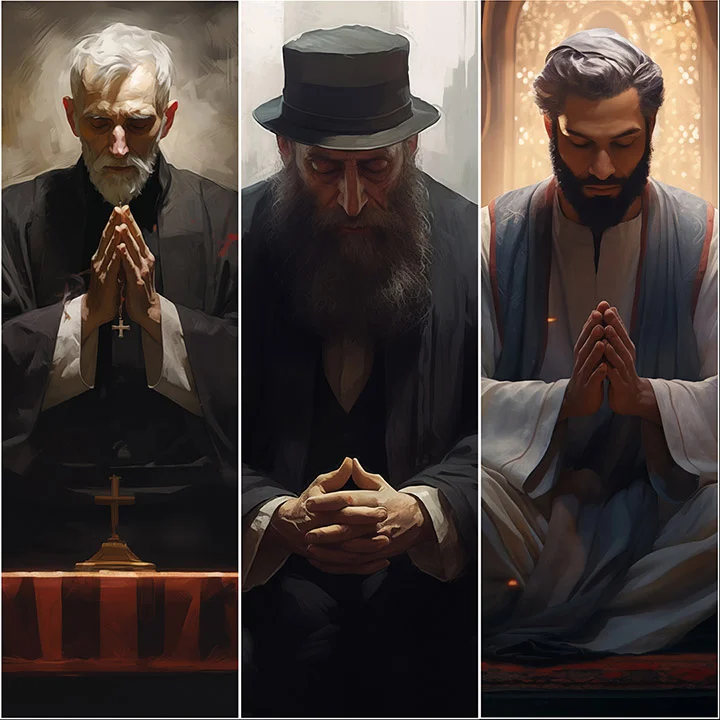
NEW WORLD ORDER

THE WORLD

THE OCCULT
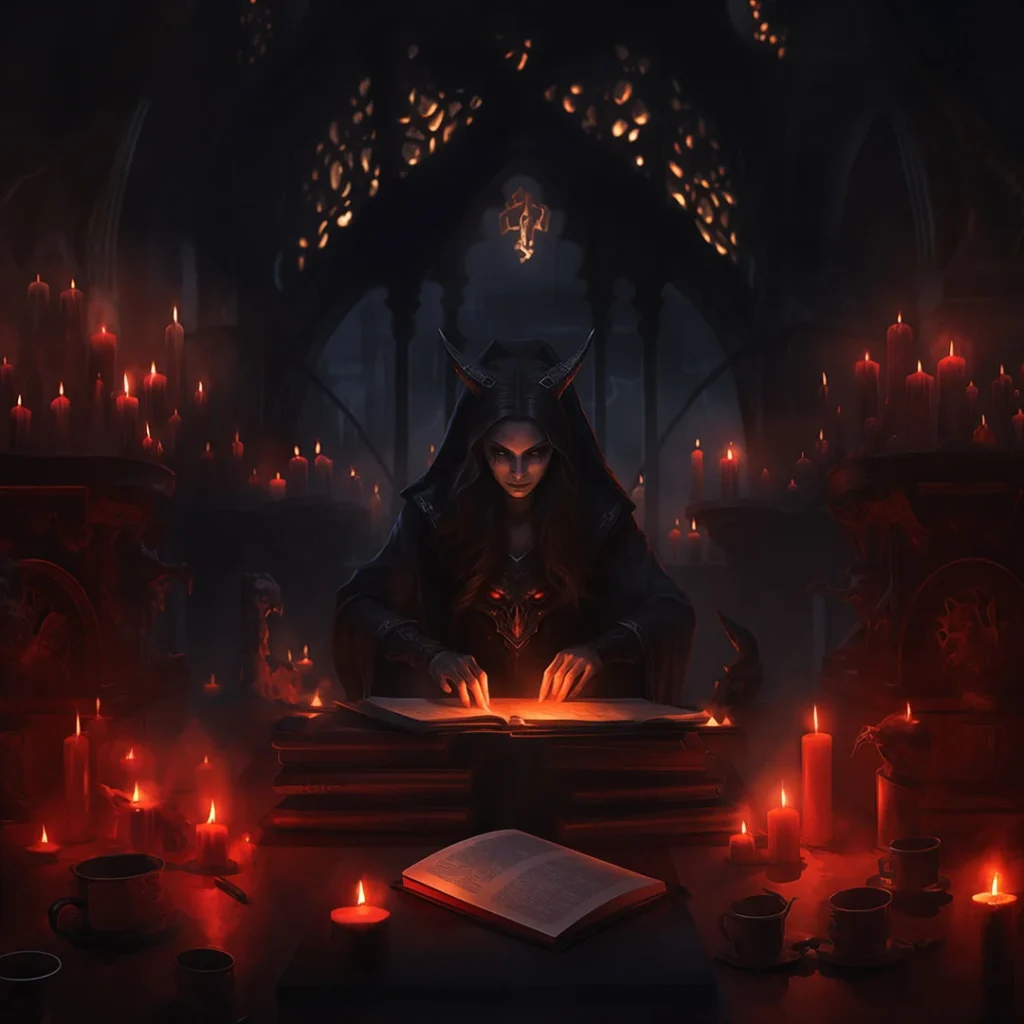
Join our covenant
And March Down With Us On the Battlefield

